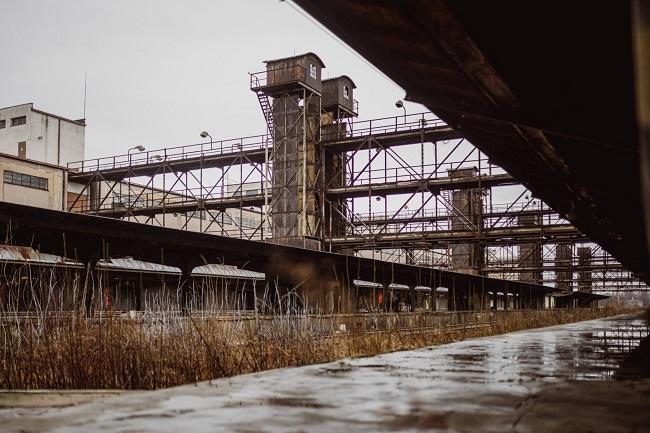Prague unveils ambitious plans for Žižkov Freight Station: Schools, Housing, Culture, and Commerce
The transformation of Prague’s historic Žižkov Freight Station, whose purchase from České dráhy (ČD) for CZK 1.43 billion was approved by city councillors, is set to begin within four years. The ambitious redevelopment will see the creation of schools, apartments, cultural spaces, commercial facilities, and offices across 50,000 m². A new headquarters for the National Film Archive is also being considered, city and district representatives announced during a site visit.
The listed Constructivist-style building, known for its two long wings designed for transshipment and underground storage of goods, remains a defining feature. The southern wing stretches an impressive 380 metres, making it Prague’s longest building. Deputy Mayor Petr Hlaváček (STAN) remarked on its scale, likening it to Italian pre-World War II architecture.
To meet heritage requirements, conservationists have permitted extending the wings by one storey in the middle sections and two storeys at the ends. Plans include an elementary school for 800 children, to be built on the site of a furniture store behind the north wing. The original structure will house a studio-style high school with apartments located on the upper floors.
The mixed-use concept will blend commerce, culture, public housing, schools, and services, with operations financed through leases. “While we don’t expect to recover the purchase price, we aim for self-sustainability without subsidies,” Hlaváček explained.
Prague 3 Deputy Mayor Pavel Dobeš (STAN) highlighted the importance of community infrastructure for the 20,000 future residents, including a planned polyclinic. Meanwhile, the National Film Archive is expected to move into a functionalist office building across Olšanská Street. “If the archive reaches an agreement with the city and Ministry of Culture, the facility will include not only offices but also cinemas and studios,” Dobeš said. He emphasized the need for the cultural and social hub to have a defined purpose and economic self-sufficiency.
A public square will be developed where the railway tracks and iconic freight elevators currently stand. Hlaváček noted it will be “half the size of Wenceslas Square but traffic-free,” creating an inviting public space.
Before work on the station begins, the city plans to extend a two-kilometre tram line, connecting Olšanská Street to Osiková Street. The Prague Transport Company aims to launch this investment next year.
Mayor Bohuslav Svoboda (ODS) is scheduled to sign the purchase agreement with ČD representatives on Monday. The station, currently 90% leased to 300 tenants, will see the city take over all existing contracts. Design work for the redevelopment will then commence, with construction expected to begin within four years.
The Žižkov Freight Station, built between 1934 and 1937 to designs by architects Karel Caivas and Vladimír Weiss, was declared a cultural monument in 2013 following public opposition to earlier redevelopment plans that included a road. The station ceased operations in 2002 and now stands as a key landmark ready to embrace a new role in Prague’s urban landscape.









